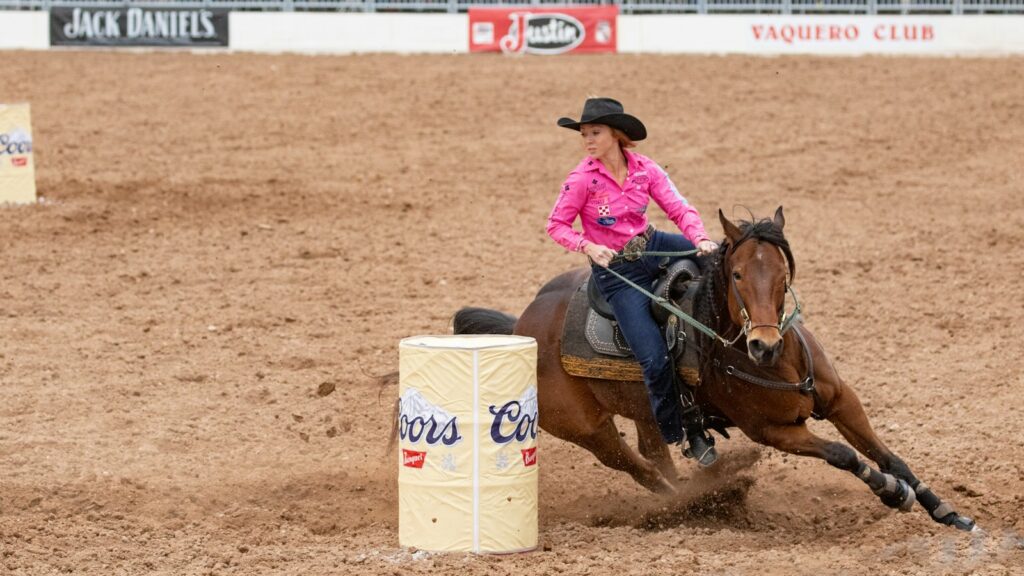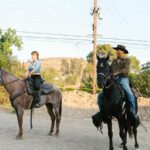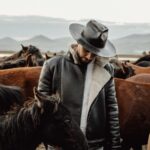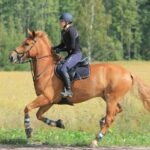Barrel racing is an exciting and fast-paced equestrian sport that combines speed, agility, and precision. For beginners venturing into this thrilling rodeo event, choosing the right equine partner can make all the difference between frustration and success. The ideal horse for a novice barrel racer should possess a balanced combination of athleticism, temperament, and trainability. This article explores the best horse breeds for newcomers to barrel racing, highlighting their unique characteristics and explaining why they excel as starter mounts for this challenging discipline.
Understanding Barrel Racing Basics
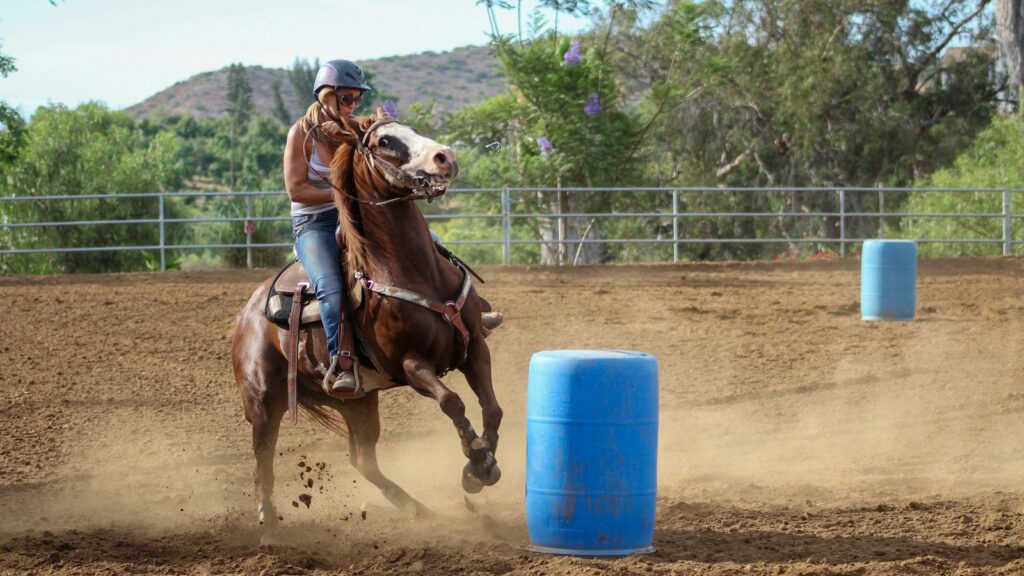
Barrel racing is a timed event where a horse and rider navigate a cloverleaf pattern around three barrels as quickly as possible. The sport demands quick acceleration, tight turns, balanced stops, and explosive speed between obstacles. For novices, mastering these elements requires a mount that’s responsive yet forgiving of rider errors. Understanding these fundamentals helps explain why certain breeds tend to excel in this discipline, particularly for beginners who are still developing their skills and confidence. The ideal barrel racing horse combines natural athletic ability with a willing temperament that won’t punish small mistakes made by inexperienced riders.
Quarter Horses: The Gold Standard
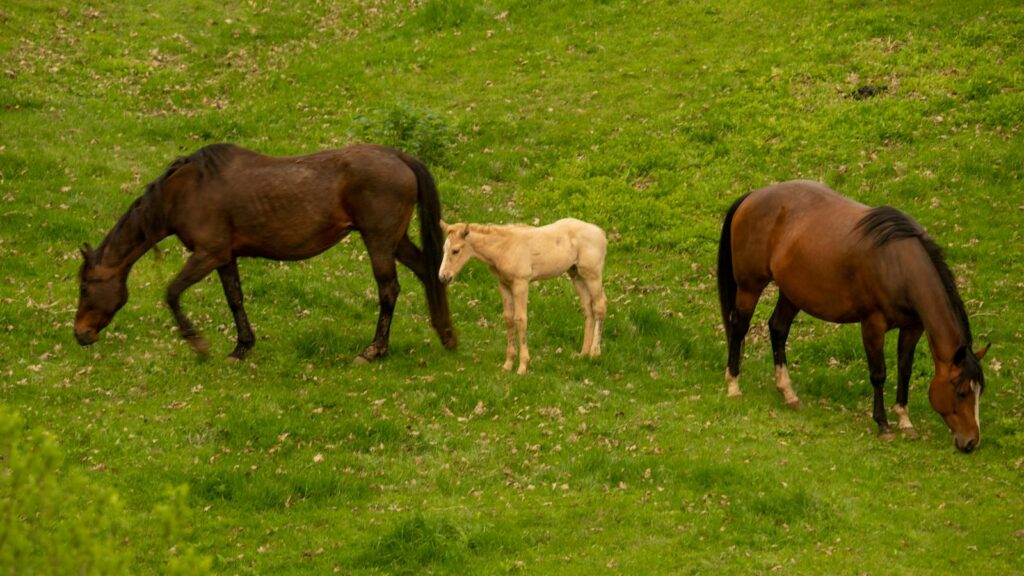
American Quarter Horses stand as the undisputed champions of barrel racing for beginners and professionals alike. Bred specifically for short-distance speed and agility, these powerful athletes possess the explosive acceleration and natural turning ability that barrel racing demands. Their muscular hindquarters provide the power needed for quick starts and tight turns around barrels. Beyond physical attributes, Quarter Horses typically offer the balanced temperament beginners need—intelligent enough to learn the pattern while remaining forgiving of novice mistakes. Many Quarter Horses seem to inherently understand the barrel pattern, making them ideal first partners for newcomers to the sport.
Paint Horses: Colorful Competence

Paint Horses share much of their genetic background with Quarter Horses, making them similarly well-suited for barrel racing beginners. These striking horses combine the Quarter Horse’s athletic prowess with distinctive coat patterns that make them stand out in the arena. Paints typically possess the same powerful hindquarters, compact build, and low center of gravity that facilitate the quick turns essential to barrel racing success. Many novice riders appreciate the Paint Horse’s typically sensible disposition, combining intelligence with a willing attitude. Their popularity in barrel racing continues to grow, with many Paint Horses demonstrating a natural talent for the discipline while maintaining the temperament suitable for less experienced riders.
Appaloosas: Spotted Speed Demons
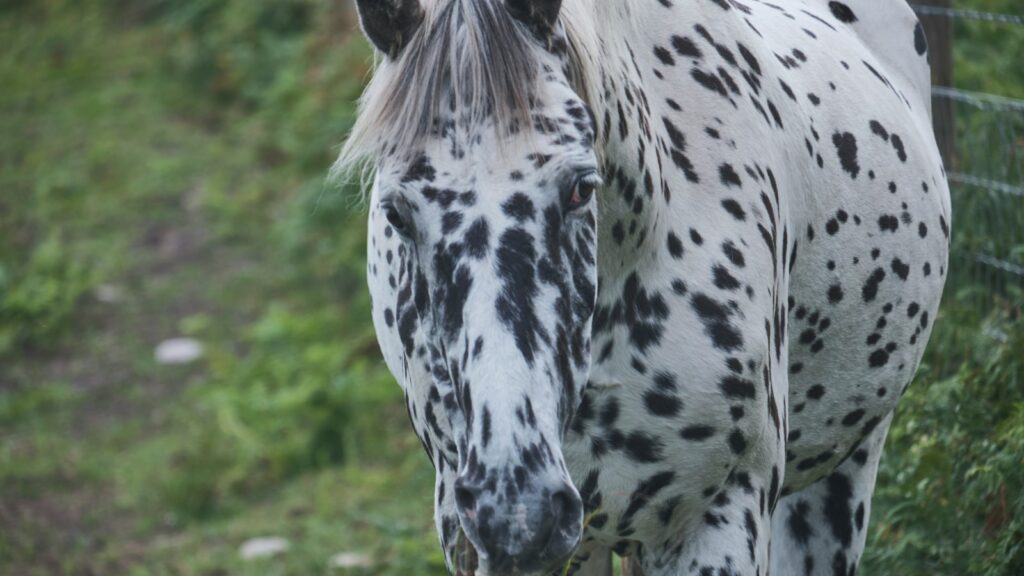
Appaloosas blend athleticism with a distinctive appearance and a heritage of versatility that serves barrel racers well. Known for their spotted coats and striped hooves, these horses have strong Quarter Horse influence in their bloodlines, contributing to their suitability for speed events. Appaloosas typically possess good bone structure, sturdy feet, and natural athletic ability that supports the demands of barrel racing. What makes them particularly suitable for beginners is their legendary intelligence and problem-solving ability, often helping riders through tricky situations. Many Appaloosas display an innate sense of pattern work, sometimes seeming to understand the barrel course even when their riders are still learning the ropes.
Arabian-Quarter Horse Crosses: Endurance Meets Speed
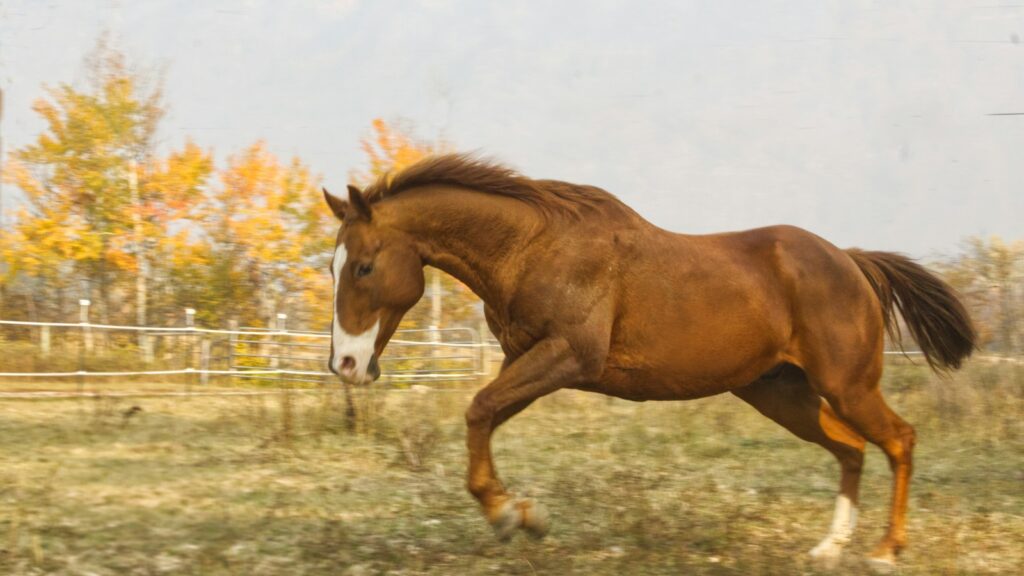
For novice barrel racers who might struggle with longer practice sessions, Arabian-Quarter Horse crosses (sometimes called “Quarabs”) offer an excellent combination of speed and stamina. These crosses typically inherit the Quarter Horse’s sprinting ability and cow sense along with the Arabian’s legendary endurance and intelligence. The resulting horse often features a slightly lighter frame than a pure Quarter Horse while maintaining enough power for explosive starts and tight turns. Beginners particularly benefit from these crosses’ typically alert yet level-headed temperaments, combining the Arabian’s sensitivity with the Quarter Horse’s steadiness. Many trainers note that these crosses often stay sound longer than some pure breeds, an important consideration for novices who may not yet have perfect riding technique.
Morgan Horses: Versatile and Reliable
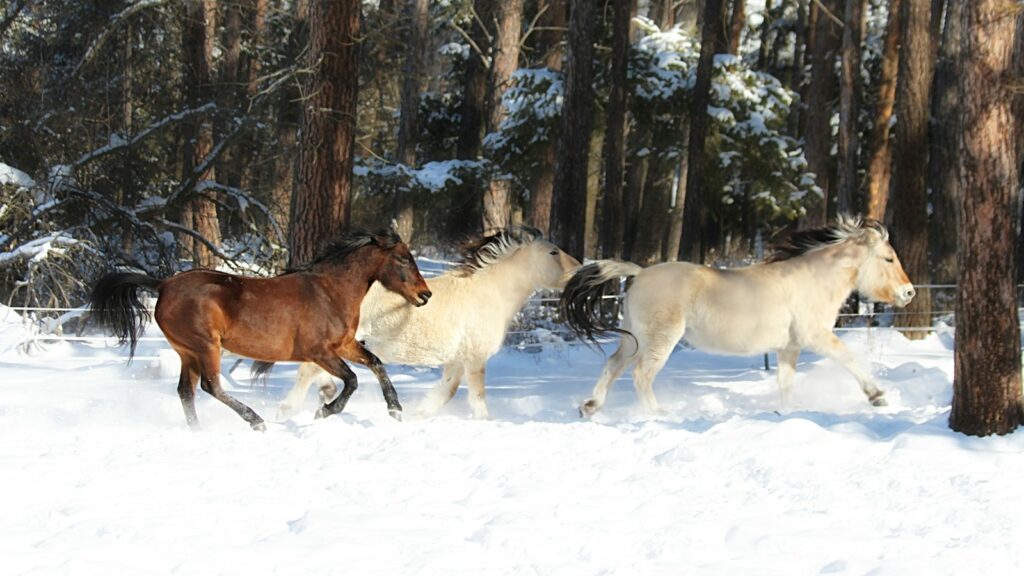
Morgan horses represent one of America’s oldest breeds and bring a combination of versatility and reliability that serves novice barrel racers well. Though not typically associated with speed events, Morgans possess natural athleticism, intelligence, and a willing disposition that helps beginners learn the sport’s fundamentals. Their naturally balanced movement and responsive nature make them particularly forgiving of rider errors, essential for those still developing their barrel racing skills. Morgans are known for forming strong bonds with their riders, creating partnerships based on mutual trust rather than mechanical precision. Their durability and sound constitution mean they can withstand the rigors of training even with less experienced handlers guiding them through the learning process.
Thoroughbred Crosses: Speed With Stability
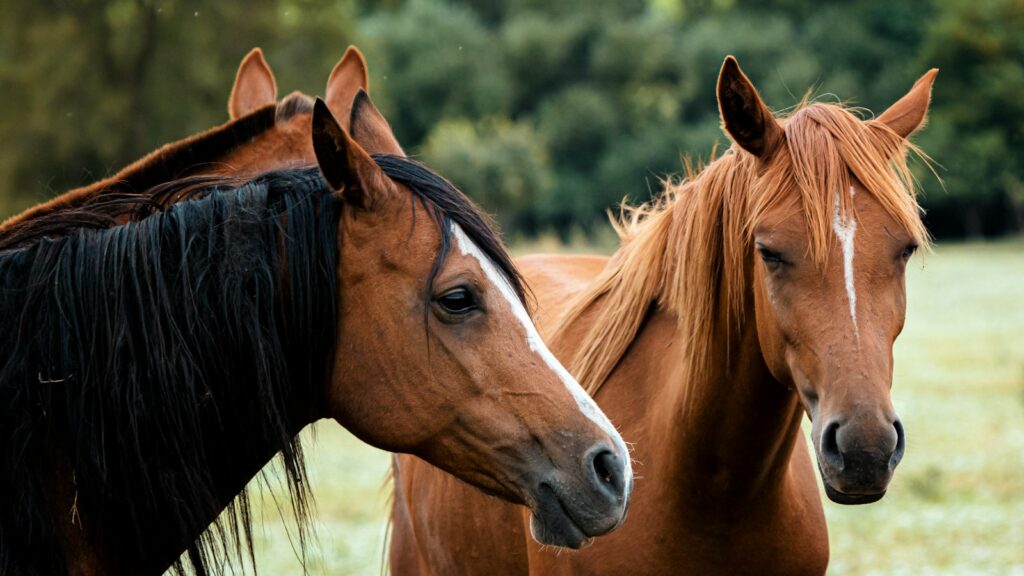
Crosses between Thoroughbreds and stock horse breeds (particularly Quarter Horses) often create excellent barrel racing prospects for advanced beginners. These crosses typically combine the Thoroughbred’s natural speed and ground-covering stride with the stock horse’s turning ability and level-headed nature. For novices who have moved beyond the absolute basics, these crosses can provide the athletic ability to be competitive while remaining manageable. Many successful barrel racers have found that Thoroughbred crosses offer the perfect balance of “forward” energy without the extreme sensitivity that might overwhelm a beginner. These horses often excel particularly in larger patterns where their flowing stride can maximize efficiency between barrels.
Age and Training Considerations
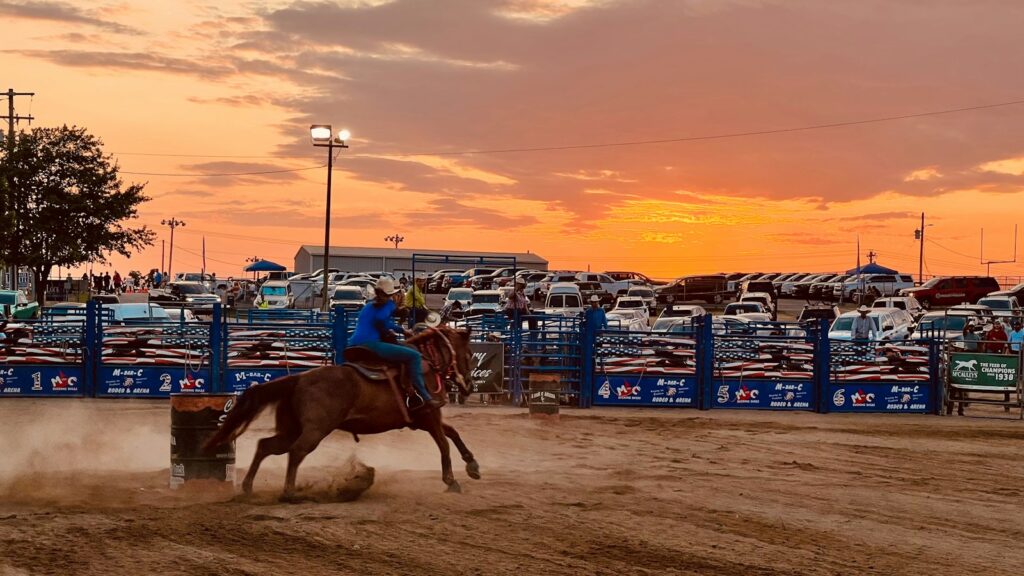
Beyond breed selection, novice barrel racers should prioritize horses with an appropriate age and training level for beginners. The ideal starter horse is typically between 8-15 years old, having moved past the unpredictability of youth but not yet dealing with significant age-related issues. A solid foundation in basic riding principles should already be established, with the horse responding reliably to leg, seat, and rein cues before introducing barrel work. Seasoned barrel horses that have “been there, done that” often make the best teachers, having developed pattern confidence that can compensate for rider inexperience. Beginners should generally avoid young or green horses regardless of breed, as attempting to learn barrel racing while simultaneously training a horse creates compounding challenges that can lead to frustration and safety concerns.
Temperament Trumps Talent
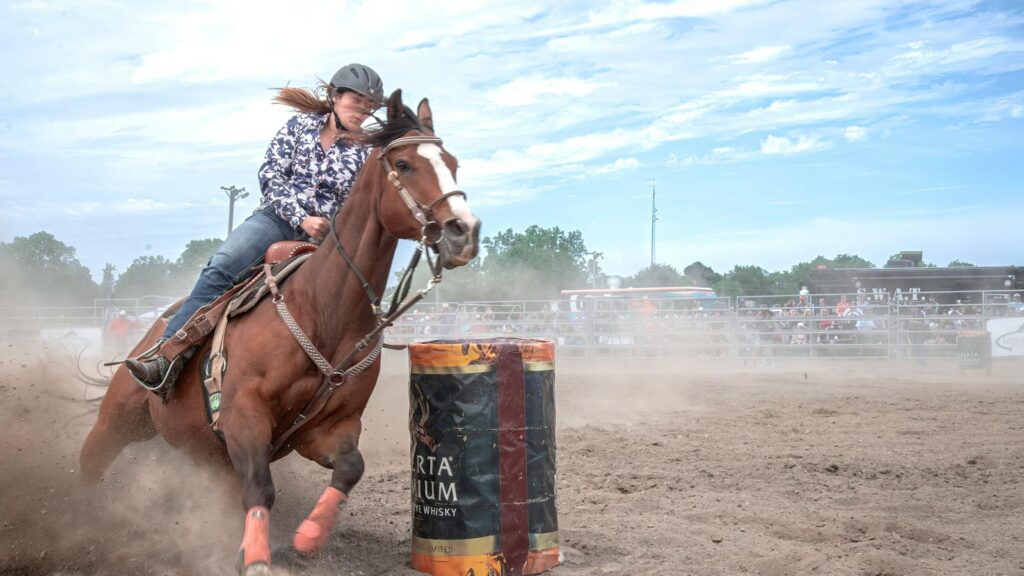
While athletic ability is important in barrel racing, temperament should be the primary consideration for novices selecting their first barrel horse. Even the most naturally talented speed horse becomes unsuitable if its temperament causes it to become anxious, aggressive, or unpredictable in competition environments. Beginners should seek horses that remain calm at events, maintain focus despite distractions, and forgive rider errors without becoming upset. A horse that consistently returns to a relaxed state after runs demonstrates the mental resilience necessary for a positive learning experience. Many trainers suggest that novices prioritize finding a horse that builds confidence rather than one with the potential for the fastest times, recognizing that competitive success follows naturally once solid fundamentals are established in a supportive partnership.
Conformation Considerations for Beginners
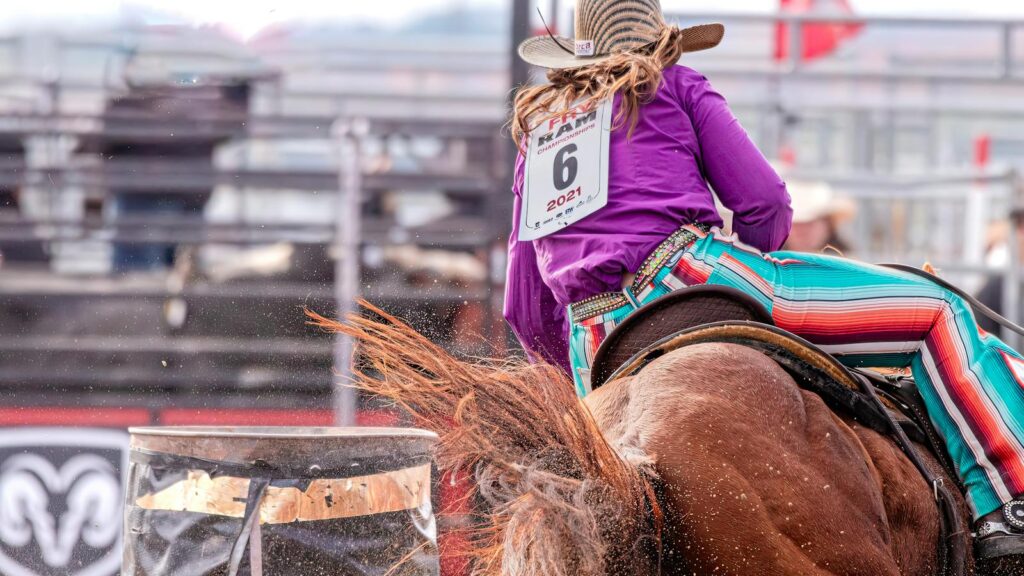
While no perfect barrel racing conformation exists, certain physical attributes tend to support success in the discipline, particularly for novices. Horses with well-balanced proportions, strong loins, and powerful hindquarters generally perform better in the tight turns required. A lower center of gravity aids in maintaining balance through turns, making horses of medium height (14.2-15.2 hands) often ideal for beginners. Sound feet and legs are non-negotiable, as the sport places significant stress on these structures through high-speed turns and rapid acceleration. For novices specifically, a horse that’s neither too large (which can be intimidating) nor too small (potentially harder to stay balanced upon) provides the optimal learning platform. Prioritizing physical soundness over speed potential ensures longevity in what will hopefully become a long-term partnership.
Mustangs: Surprising Contenders
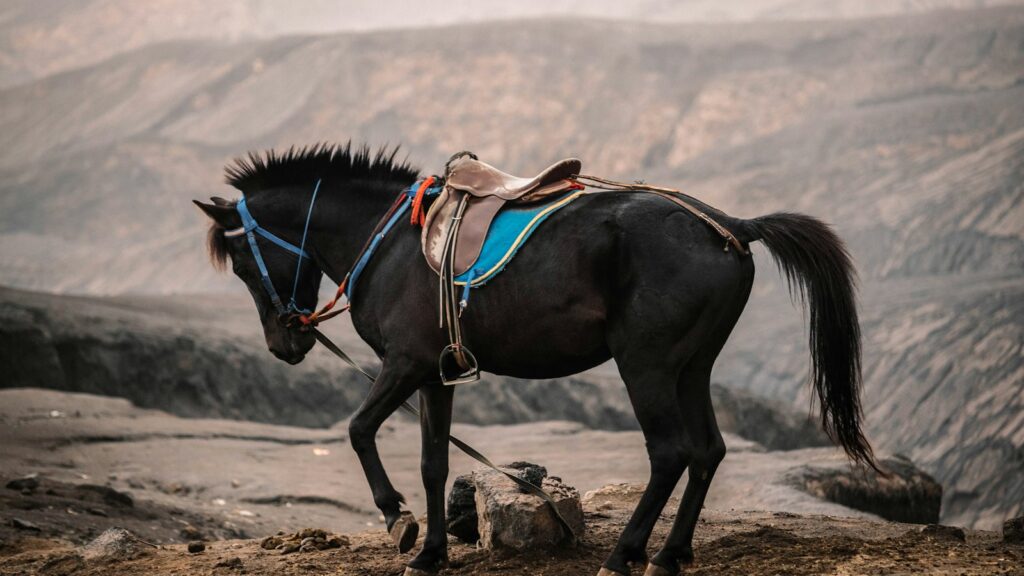
Domesticated Mustangs with appropriate training increasingly appear in barrel racing arenas, offering unique advantages for certain novice riders. These horses typically develop exceptional soundness and durability from their feral heritage, often maintaining healthy hooves and strong bone structure. Many Mustangs display natural athleticism, balance, and agility that translate well to the demands of barrel racing. What makes well-trained Mustangs particularly suitable for some beginners is their legendary intelligence and problem-solving abilities, sometimes helping compensate for rider inexperience. Their typically moderate size (14-15 hands) provides an approachable platform for younger or smaller riders intimidated by larger mounts, while their natural surefootedness helps prevent falls and stumbles during training.
Budget-Friendly Options for Beginners

Entering barrel racing doesn’t necessarily require an enormous financial investment, particularly for novices just learning the sport. While elite barrel horses command premium prices, many suitable mounts for beginners can be found at more accessible price points. Grade horses (those without formal registration papers) often offer excellent value, providing the same athletic ability and temperament as their registered counterparts at a lower cost. Older, experienced barrel horses sometimes become available when competitors upgrade to younger mounts, offering invaluable learning opportunities for beginners. Local barrel racing clubs and trainers frequently know of suitable horses becoming available before they reach wider markets. Some organizations even offer lease options that allow novices to gain experience without the full financial commitment of ownership.
The Importance of Professional Guidance
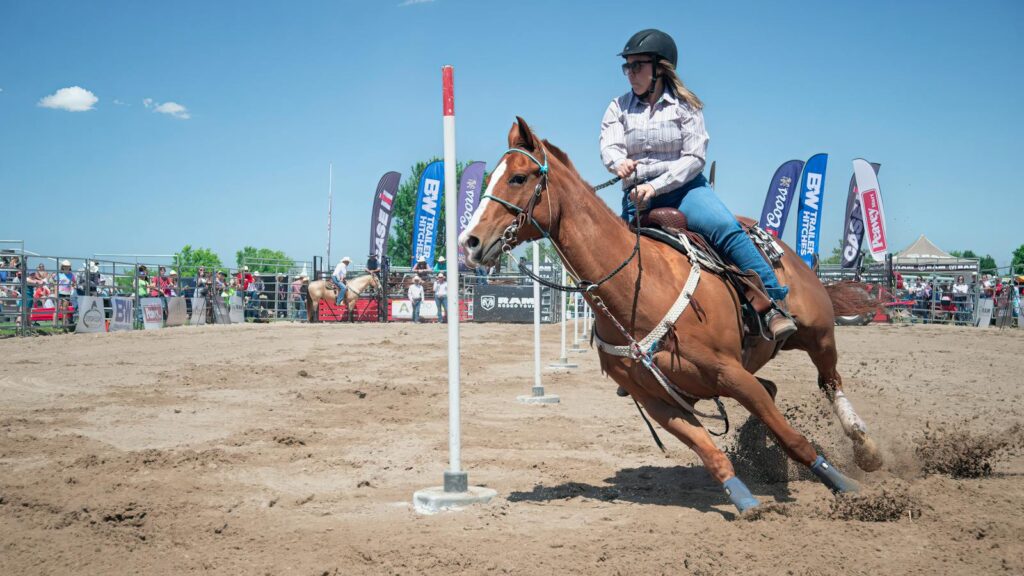
Regardless of breed selection, novice barrel racers benefit tremendously from professional guidance during the horse selection process. An experienced barrel racing coach or trainer can assess both horse and rider to determine compatibility beyond what appears on paper. These professionals can spot subtle lameness issues, training gaps, or temperament concerns that might not be apparent during a brief trail ride. Many beginners have been saved from potentially dangerous mismatches through the intervention of knowledgeable mentors who understand the unique demands of the sport. Beyond selection assistance, ongoing professional support accelerates the learning curve, helping novices develop proper technique rather than reinforcing bad habits. This guidance ultimately proves invaluable in developing the partnership between horse and rider that forms the foundation of barrel racing success.
Conclusion: Finding Your Perfect Partner
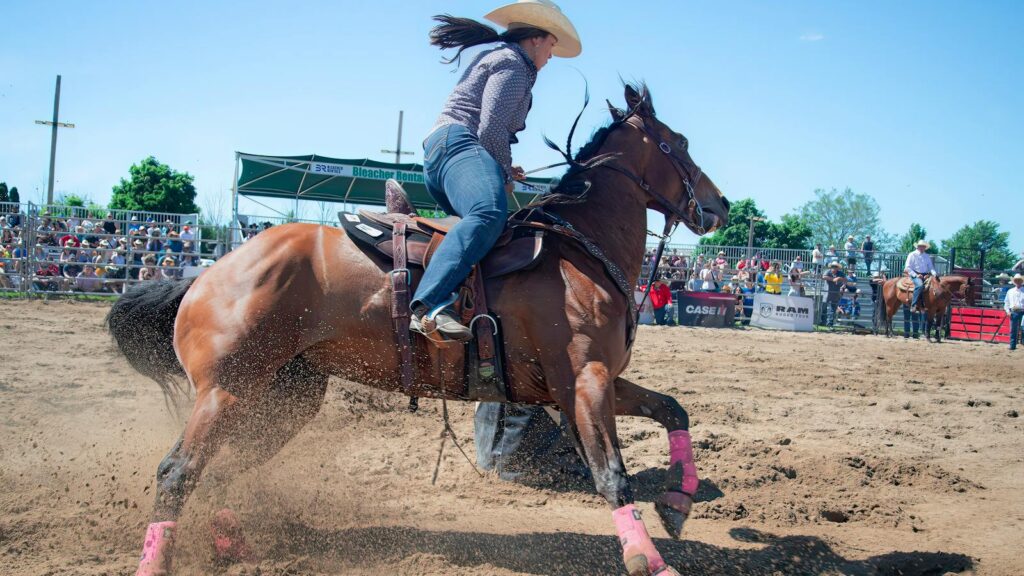
The journey to finding the ideal barrel racing horse for a novice extends beyond breed considerations into the realm of individual horse assessment. While Quarter Horses, Paints, Appaloosas and other breeds mentioned offer excellent starting points, the perfect match ultimately depends on the specific rider’s size, experience, confidence level, and goals. Prioritizing temperament, training, and suitability over speed potential creates the foundation for a positive learning experience that can develop into competitive success. Remember that in barrel racing, as in most equestrian disciplines, a strong partnership built on mutual trust and understanding ultimately outweighs any advantage conferred by breeding alone. With the right horse as teacher and partner, novice barrel racers can develop the skills, confidence, and passion that might one day take them to the highest levels of this thrilling sport.

